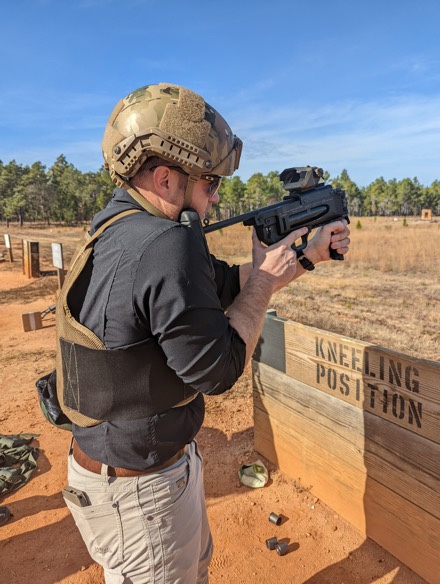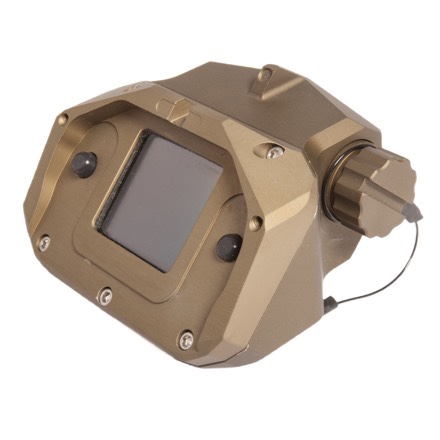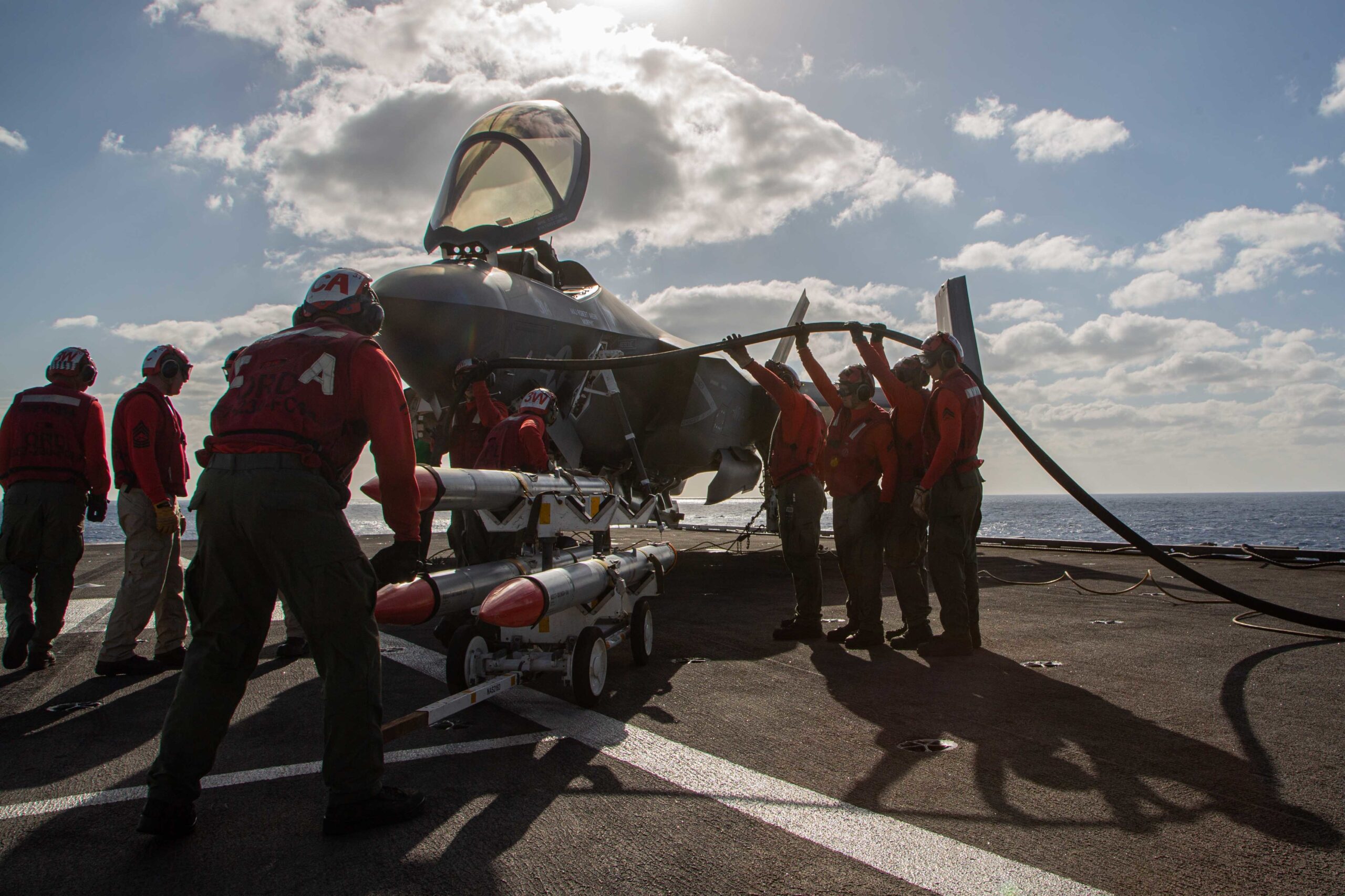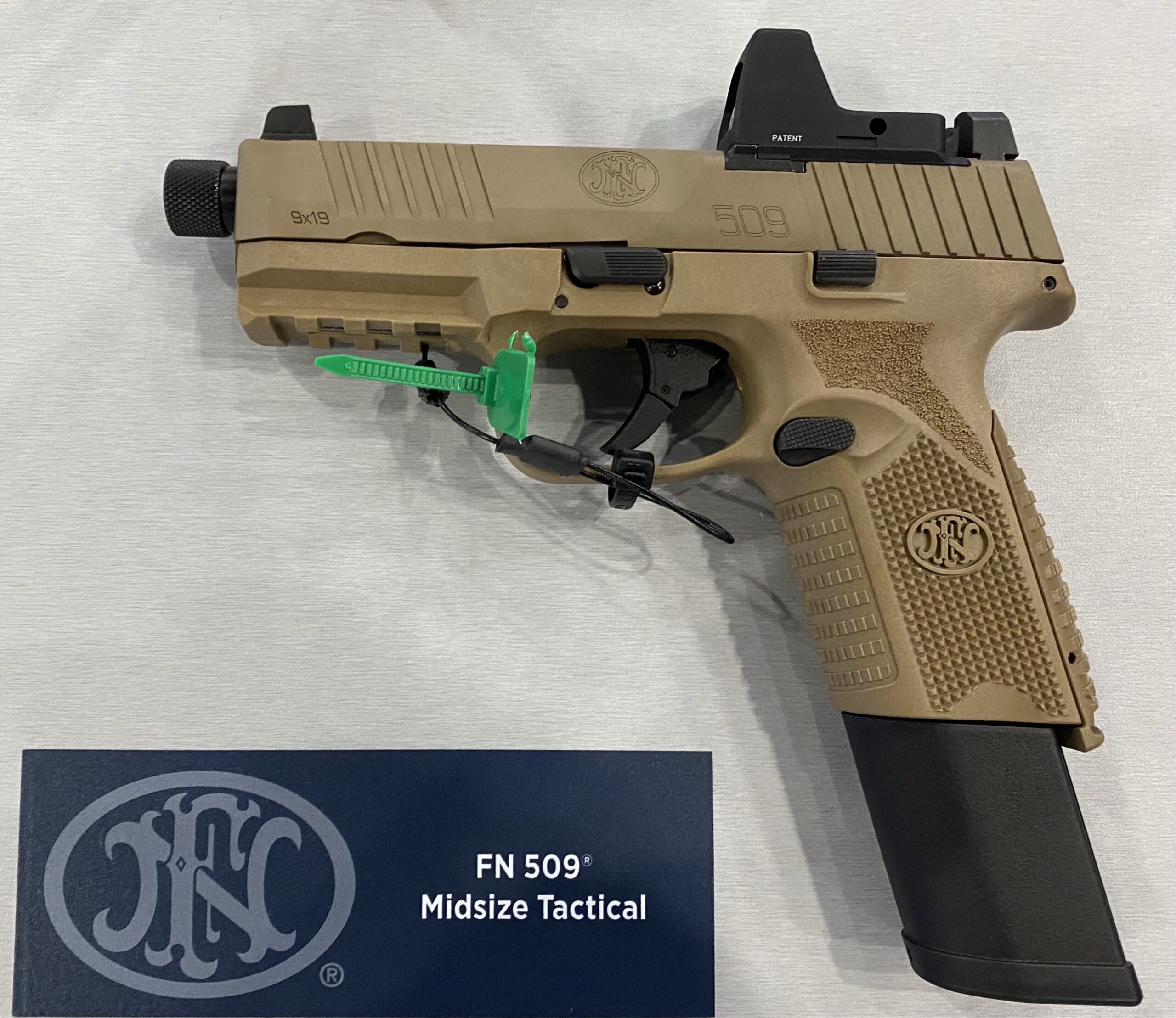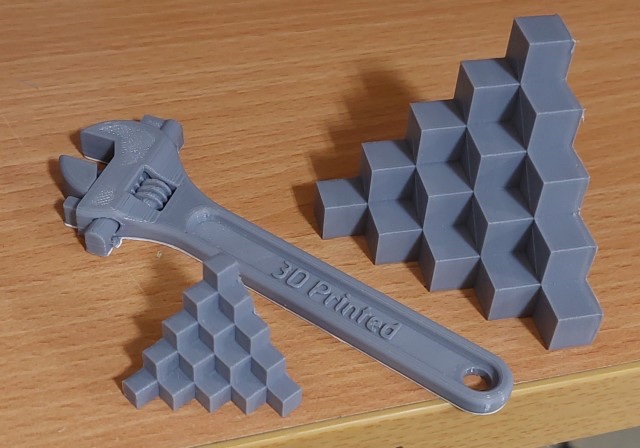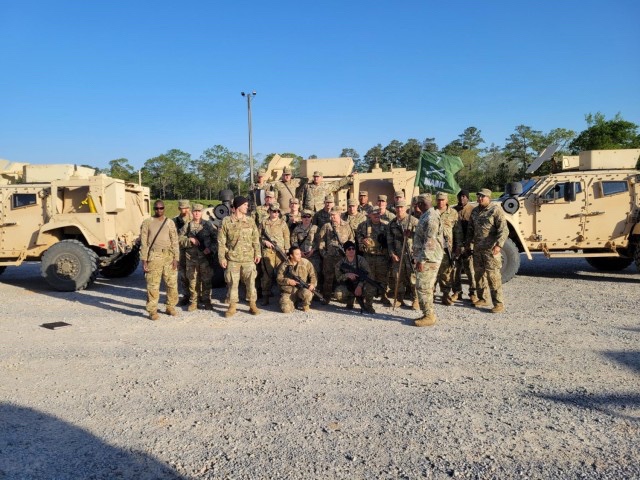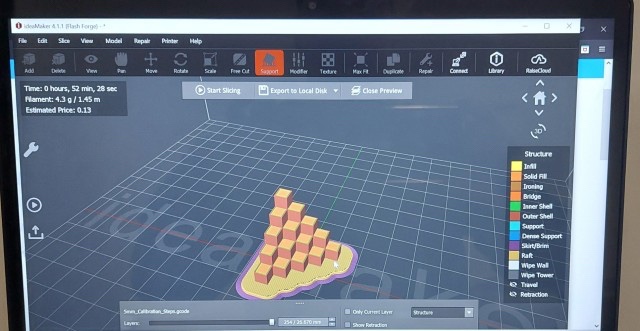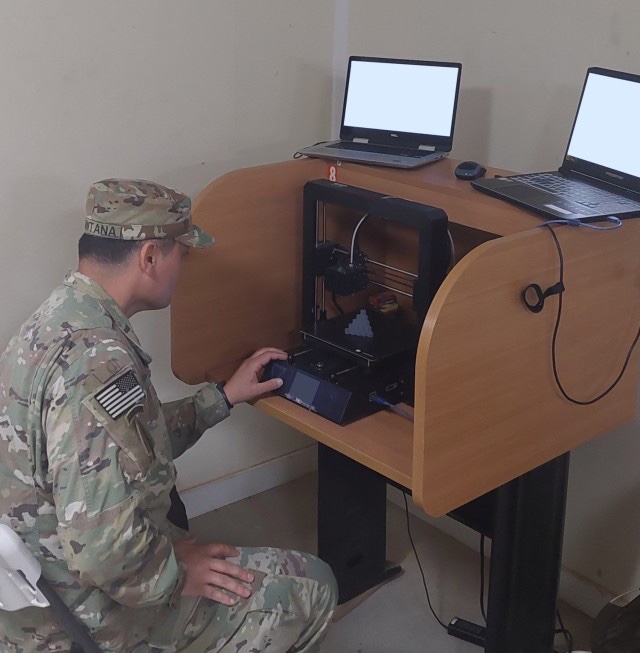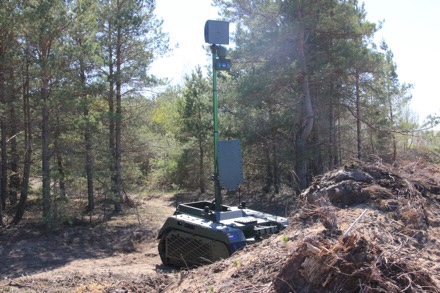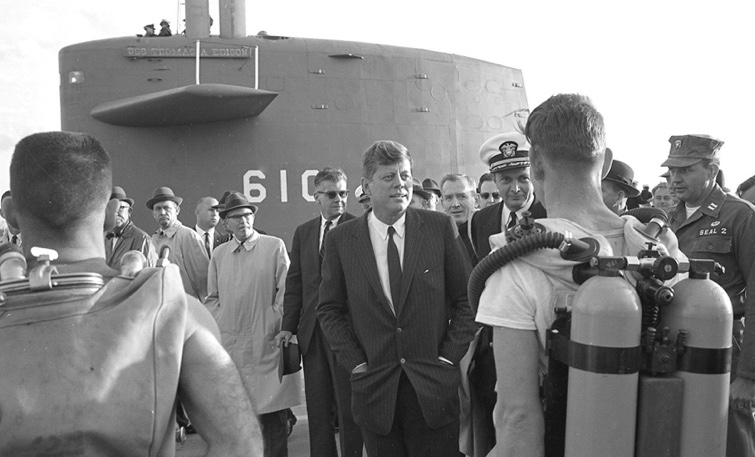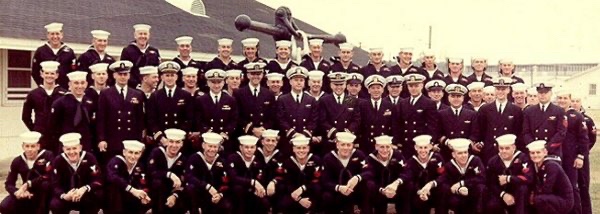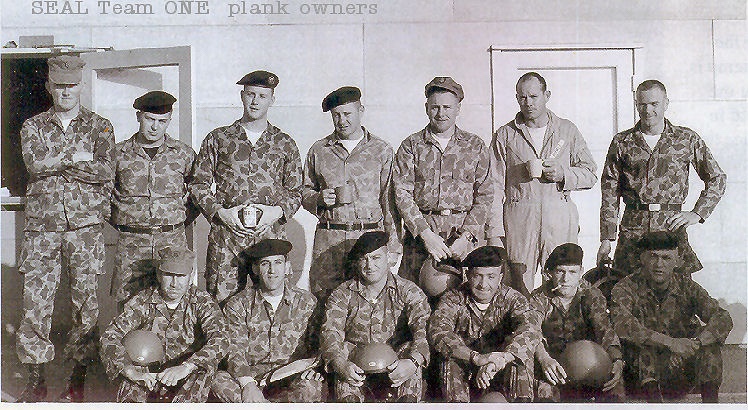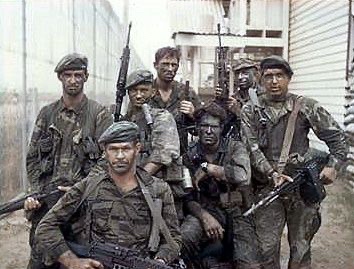Last week the US Navy issued a NAVADMIN message to the fleet updating naval personnel on the latest changes to its uniform and grooming policy.
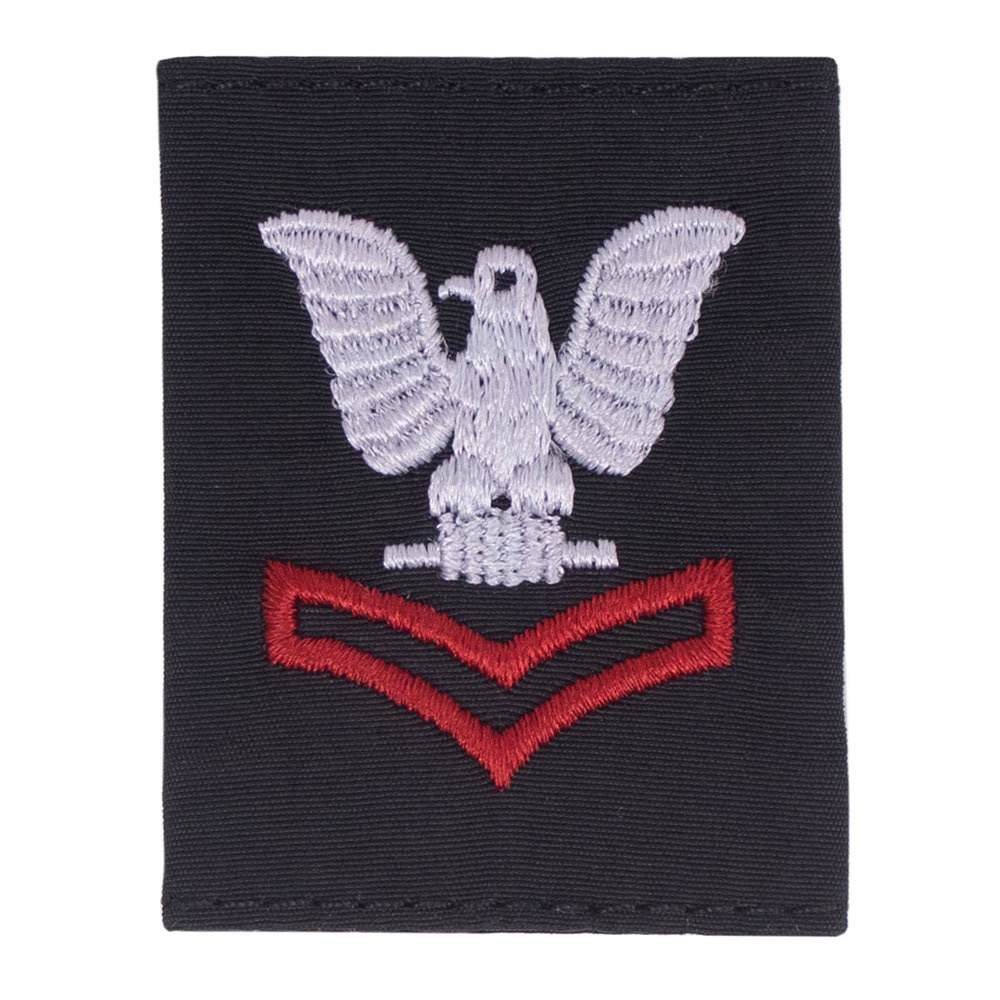
Only one issue affects all personnel and that’s the direction to wear the black cold weather parka (CWP) rank insignia on all uniform components with rank tabs except during tactical training and operations. That will make it a bit easier to discern rank on the different uniform combinations. In 2020, this practice was authorized as an option. Now it’s mandatory.
Probably the most significant update doesn’t even affect active duty Sailors but rather applies to Retired Navy personnel (males only), allowing the wear of beards in uniform during authorized ceremonial events. Well fellas, you can have a beard in uniform, AFTER you retire.
The changes are below:
Female Hosiery
Effective immediately, wearing hosiery with slacks or skirts is optional vice mandatory for female Sailors when wearing pumps or flats footwear. When hosiery is not worn, shoe liners or no-show socks are required to be worn for hygienic purposes and to avoid abrasions or blisters caused by direct contact and rubbing between the foot and shoe.
Female Officer/Chief Petty Officer (CPO) Summer White Uniform
Effective immediately, the female officer/CPO summer white uniform belted slacks are re-designated as a basic component of both summer white and service dress white uniforms. This policy change facilitates use of the same slacks for either uniform.
Female Officer/CPO Service Dress White Uniform
Effective immediately, the beltless dress white slacks worn with the female officer/CPO Service Dress white uniform is re-designated as an optional vice mandatory component for purchase and wear.
Rank Insignia Worn on Rank Tabs
Effective 1 October 2022, all Navy Service Members will wear the black cold weather parka (CWP) rank insignia on all uniform components with rank tabs. Uniform components requiring the black rank insignia in addition to the CWP include the Navy working uniform (NWU) type II and III shirts and parkas, black fleece liner and brown fleece liner. Matching pattern NWU type II/III rank insignia will only be worn on the NWU type II/III during tactical training and operations as designated by the applicable commanding officer.
Retired Male Sailor Uniform Grooming Standards
Effective immediately, retired male Sailors are authorized to have facial hair (beard) when wearing Navy uniforms during authorized ceremonial events. Facial hair must be neatly groomed and be in keeping with a professional appearance.
NWU Type III Maternity Top
Redesign of the NWU type III maternity top is in progress to include the ability to add shoulder patches to align with the design of standard NWU shirt. The availability of the redesigned maternity top will be announced in a future NAVADMIN.


